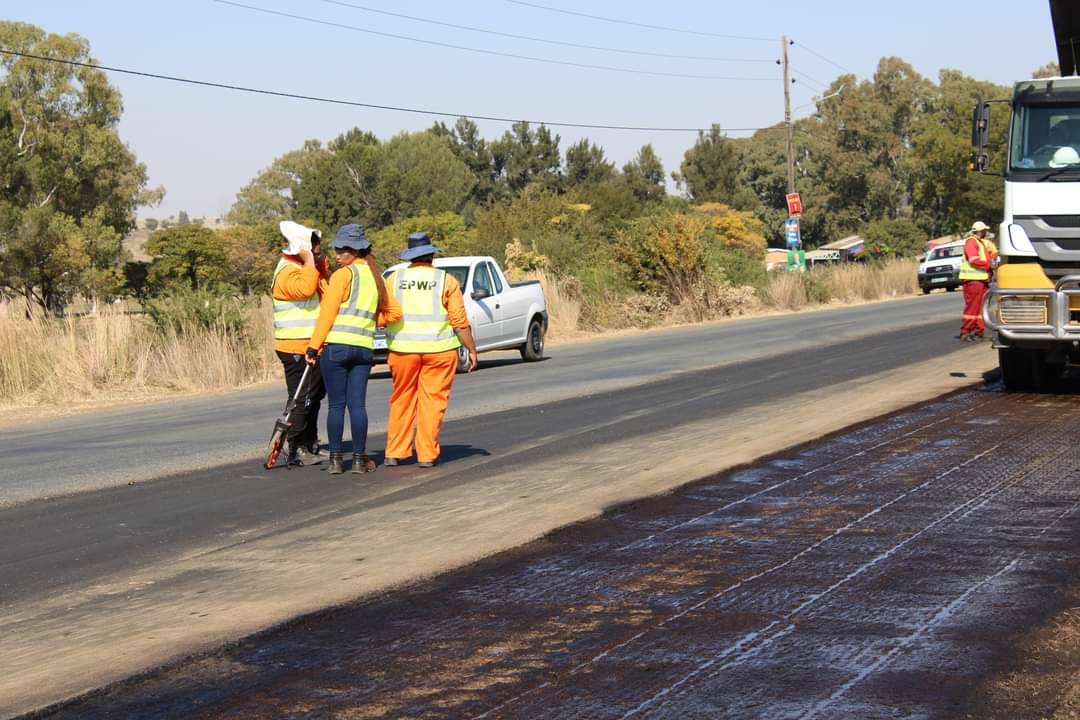The Ultimate Guide to Tar Roads: Construction, Benefits, and Maintenance
Tar roads, often referred to as asphalt roads, are a fundamental part of modern infrastructure. They provide a smooth, durable, and cost-effective surface for transportation. This comprehensive guide will explore the construction process, benefits, and maintenance of tar roads, offering valuable insights into why they remain a preferred choice for road builders and users alike.

What Are Tar Roads?
Tar roads are constructed using a mixture of bitumen and aggregate materials. Bitumen acts as a binder, holding the aggregates together, which results in a smooth and durable surface. These roads are known for their resilience and ability to withstand heavy traffic and varying weather conditions.
Construction of Tar Roads
1. Site Preparation
Before construction begins, the site must be properly prepared. This involves clearing vegetation, leveling the ground, and ensuring proper drainage. Site preparation is crucial to prevent future road damage due to water accumulation.
2. Base Layer Construction
The base layer provides structural support for the tar road. It typically consists of crushed stone or gravel, compacted to form a solid foundation. This layer is essential for load distribution and overall road stability.
3. Applying the Binder
Once the base layer is in place, a binder layer of bitumen is applied. This layer ensures that the aggregate material adheres properly, forming a cohesive structure. The binder also enhances the road’s ability to resist water infiltration and subsequent damage.
4. Surface Layer Application
The final step in constructing a tar road involves applying the surface layer. This layer comprises a mixture of fine aggregates and bitumen, providing a smooth and durable finish. The surface layer is often compacted using heavy rollers to achieve the desired texture and density.


Benefits of Tar Roads
1. Durability
Tar roads are renowned for their durability. They can withstand heavy traffic loads and are resistant to cracking and deformation. This longevity makes them a cost-effective choice for long-term infrastructure projects.
2. Smooth Driving Experience
The smooth surface of tar roads ensures a comfortable driving experience. This reduces vehicle wear and tear, leading to lower maintenance costs for motorists.
3. Cost-Effectiveness
The initial construction cost of tar roads is relatively low compared to other types of pavements. Additionally, the long lifespan and minimal maintenance requirements contribute to overall cost savings.
4. Quick Construction Time
Tar roads can be constructed relatively quickly, minimizing disruptions to traffic. This is particularly beneficial in urban areas where prolonged construction can cause significant inconvenience.
5. Environmental Benefits
Modern tar road construction techniques often incorporate recycled materials, reducing the environmental impact. Moreover, the smooth surface reduces vehicle emissions, contributing to better air quality.


Maintenance of Tar Roads
1. Regular Inspections
Regular inspections are crucial to identify and address minor issues before they escalate. This includes checking for cracks, potholes, and drainage problems.
2. Crack Sealing
Crack sealing is an effective maintenance technique that prevents water infiltration and further deterioration. Sealing cracks promptly can extend the road’s lifespan significantly.
3. Pothole Repair
Potholes can develop over time due to heavy traffic and weather conditions. Prompt repair using bitumen patches ensures the road remains safe and smooth for users.
4. Surface Resurfacing
Periodic resurfacing involves adding a new layer of bitumen and aggregates to the existing surface. This restores the road’s smoothness and durability, extending its service life.
5. Proper Drainage Management
Effective drainage management prevents water accumulation, which can weaken the road structure. Ensuring that drainage systems are clear and functional is vital for maintaining road integrity.
Conclusion
Tar roads are a cornerstone of modern infrastructure, offering numerous benefits in terms of durability, cost-effectiveness, and environmental impact. Proper construction and maintenance practices ensure these roads remain reliable and safe for users. By understanding the intricacies of tar road construction and upkeep, we can appreciate their role in facilitating smooth and efficient transportation.

Kilometers of tar roads laid
%
Customer satisfaction rate
Number of tar road projects completed
Frequently Asked Questions
1. What is the main difference between tar and bitumen?
Tar is a by-product of coal processing, while bitumen is a by-product of crude oil refining. Bitumen is more commonly used in road construction due to its superior binding properties and durability.
2. How long do tar roads typically last?
With proper maintenance, tar roads can last 20 to 30 years. Regular inspections and timely repairs are essential to achieving this lifespan.
3. Are tar roads environmentally friendly?
Yes, modern tar road construction often uses recycled materials, and the smooth surface reduces vehicle emissions. Properly maintained tar roads can contribute to environmental sustainability.
4. What causes potholes in tar roads?
Potholes are typically caused by water infiltration, freeze-thaw cycles, and heavy traffic loads. Regular maintenance and prompt repairs can prevent pothole formation.
5. How often should tar roads be resurfaced?
Tar roads should be resurfaced every 10 to 15 years, depending on traffic volume and environmental conditions. Regular inspections can help determine the optimal resurfacing schedule.
Additional Resources
For more insights into the benefits and applications of tar roads, check out these resources:
- Road Surfacing
- Bitumen Binders
- Shop
- SS60 Anionic Bitumen Emulsion for Tack Coating (200L Drum)
- KMS60 Cold Mix Bitumen for Road Repairs (200L Drum)
- MC30 Cut-Back Bitumen for Road Base Priming (200L Drum)
- KRS65 Cationic Bitumen Emulsion for Spray Sealing (200L Drum)
- 60/70 Penetration Grade Bitumen for Road Surfacing (200L Drum)
- 50/70 Penetration Grade Bitumen for High Traffic Roads (200L Drum)
- 80/100 Soft Penetration Grade Bitumen for Light Traffic Roads (200L Drum)
- 70/100 Soft Penetration Grade Bitumen for Secondary Roadways (200L Drum)
- Cold Mix Asphalt (25 Kg Bags) – Durable Solutions for On-the-Go Repairs
By leveraging the expertise and products offered by industry leaders like Kalahari Bitumen & Emulsions, we can ensure that our roads remain safe, durable, and environmentally friendly for years to come.
